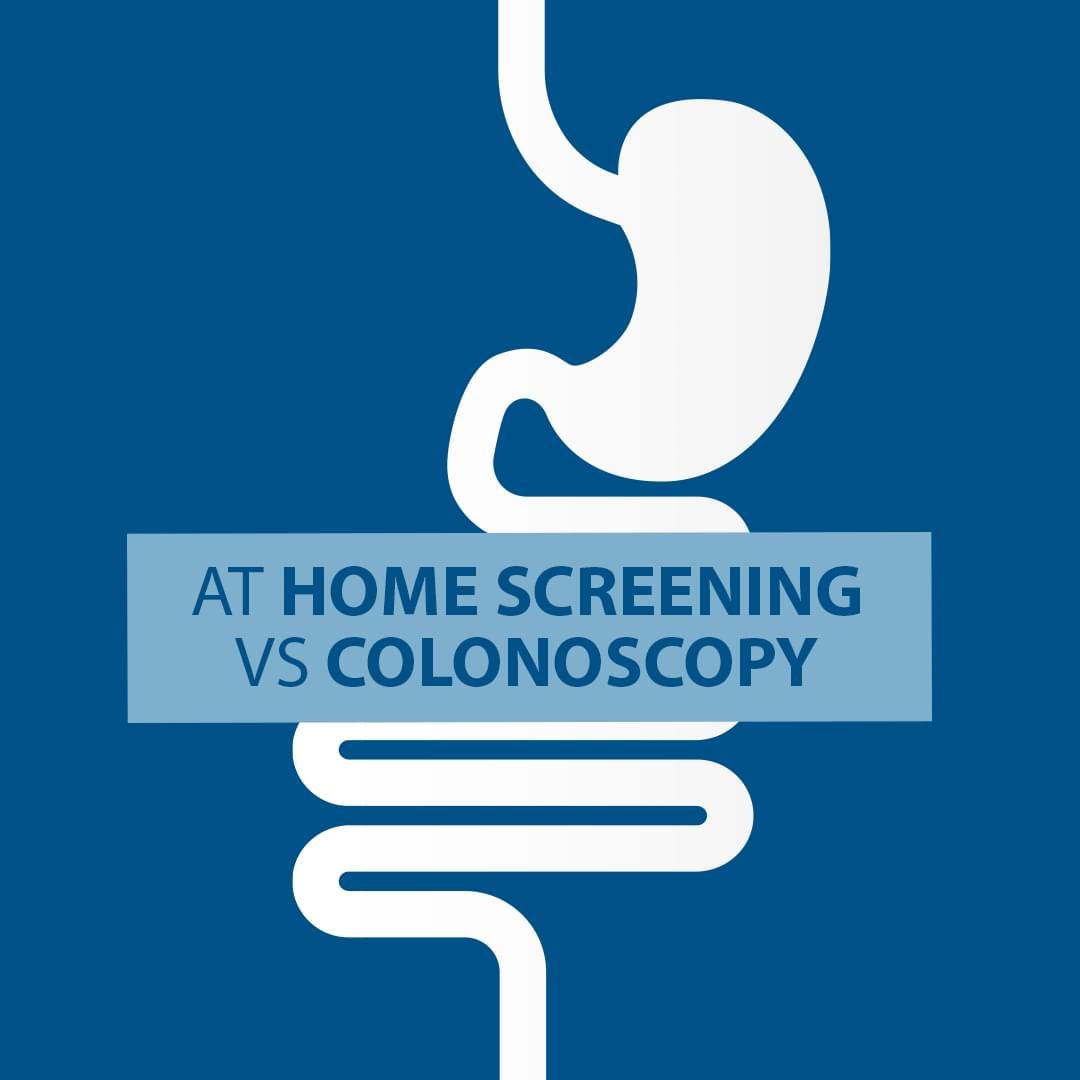Colon Screening- At Home?

Colon cancer is preventable, treatable and beatable. So, why is it still the second leading cause of cancer-related deaths in the United States?
With appropriate screening, colon cancer can be detected early or even prevented in many cases. This is why getting a colonoscopy and cancer screening is so important. If polyps are found during a colonoscopy, your doctor can remove them, eliminating the potential for cancer to develop.
Typically, people are scared, embarrassed or the test prep alone is enough to make them nervous and enough to avoid diagnosis or treatment. New products are now on the market as alternatives to having a colonoscopy. But are these products right for you? Internal Medicine Specialist Dr. Wayne Coats helps explain the benefits and disadvantages of the different options.
In Office:
A colonoscopy is the most valuable tool in preventing colon cancer. With the patient sedated, the procedure takes about 30 minutes, and involves a lighted tube with a camera that is inserted into the colon. There, the camera enables doctors to look for polyps and other aberrations that may be signs of pre-cancer or cancer.
Advantages:
- The best way to identify colon cancer
- Typically only needs to be done once every 10 years starting at age 50. Some patients need the test more frequently due to risk factors, such as prior colon polyps or genetic conditions.
- If polyps are identified they can usually be removed during the screening
- Covered under most insurance plans
Disadvantages:
- Reputation of being uncomfortable
- Requires sedation
- Specific diet restrictions prior to surgery
“The fear of getting a colonoscopy should be nothing compared to the fear of getting cancer,” explained Dr. Coats. “I tell my patients if they aren’t prepared to peruse a colon cancer screening, then they should prepare to die of colon cancer.”
Home Tests:
At-home tests can be ordered by the provider and then sent to the patient’s home. These types of screenings require a stool sample. The sample is then mailed to a testing center and screened for abnormalities, such as blood. Once the provider is contacted with the results, they follow up with the patient for recommendations.
Advantages:
- Non-invasive
- No preparation
- Convenient
Disadvantages:
- Not completely accurate, and cannot guarantee the presence or absence of cancerous cells
- Not always covered by insurance
- Doesn’t prevent cancer
- False positive and false negative results occur
- Must be completed every three years, versus every 10 years
- If test is positive, colonoscopy is recommended
“At home screening tests are viable options, but may not be indicated for all patients,” said Dr. Coats. Colonoscopy is the best test, and is the test recommended for those individuals deemed to be at higher risk than the average population.
Remember, any screening is better than no screening.
Individuals over age 50, and those with a personal or family history of cancer or polyps are at greater risk of developing the disease. These people should be talking with their physician and getting scheduled for a colonoscopy.
To schedule your screening today, talk to your primary care physician or call 740-779-8530. For more information on colon cancer, visit adena.org/coloncancer.

